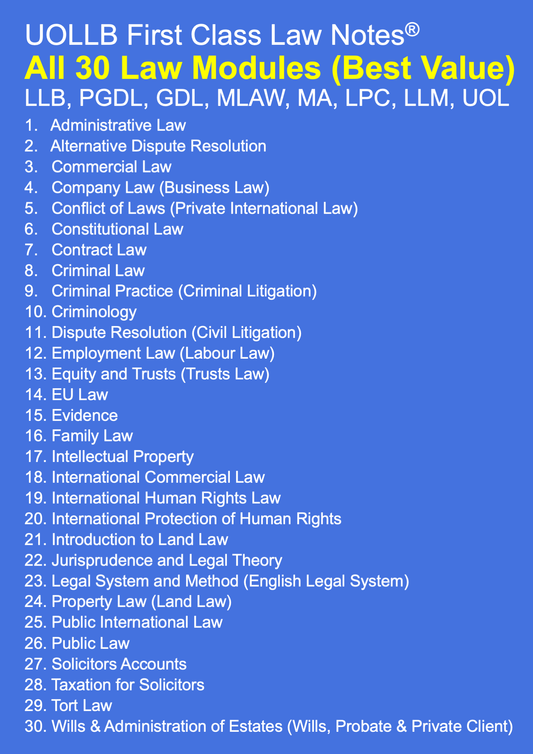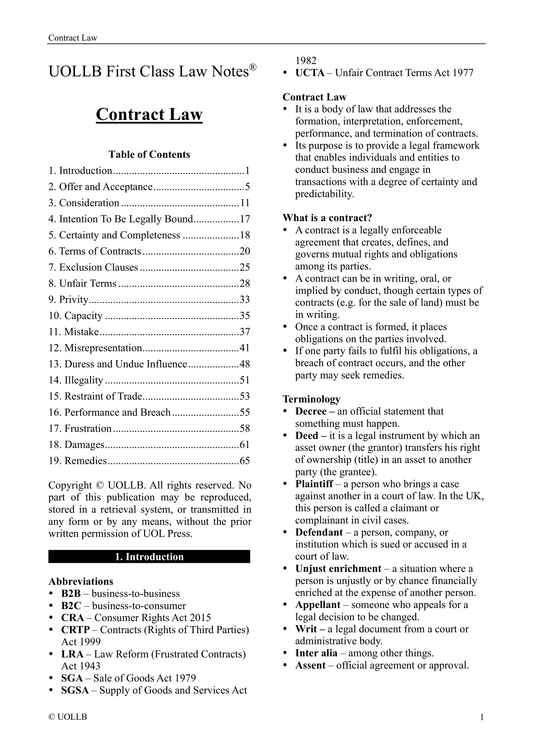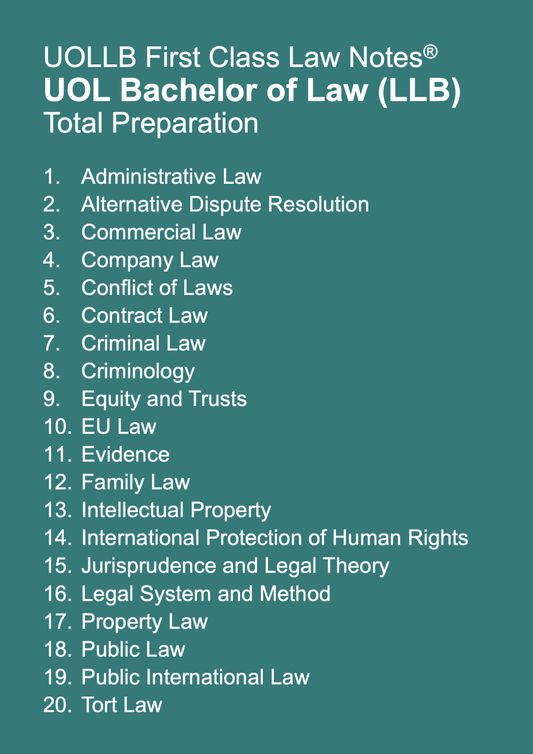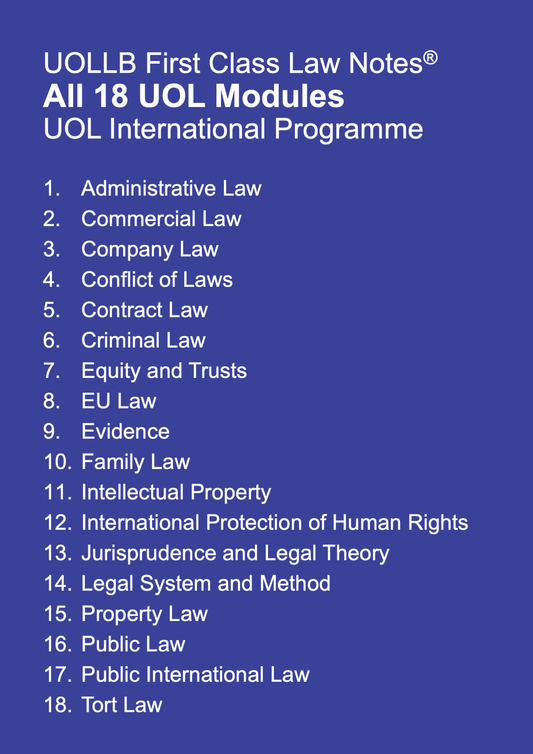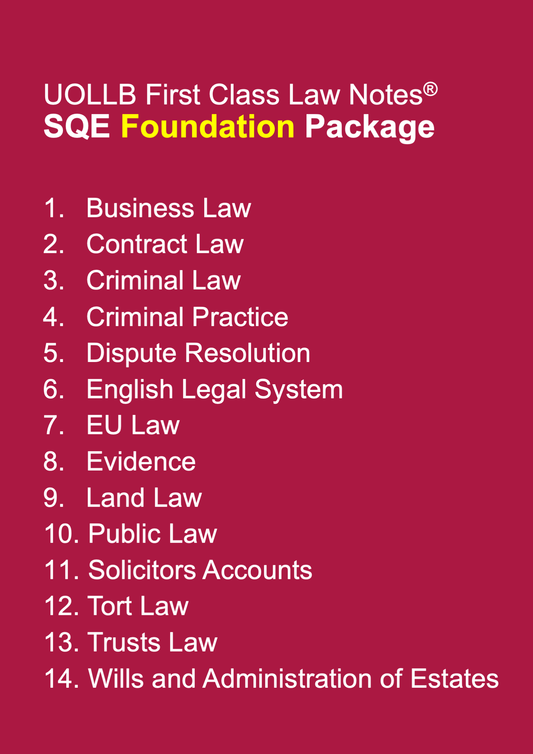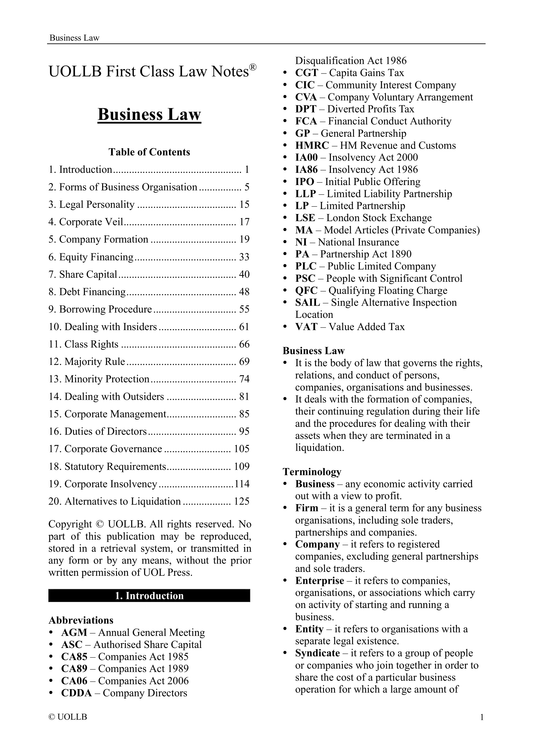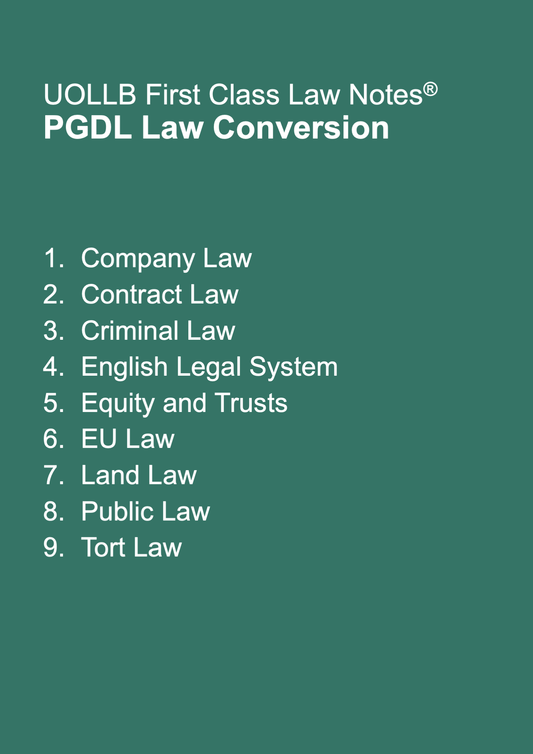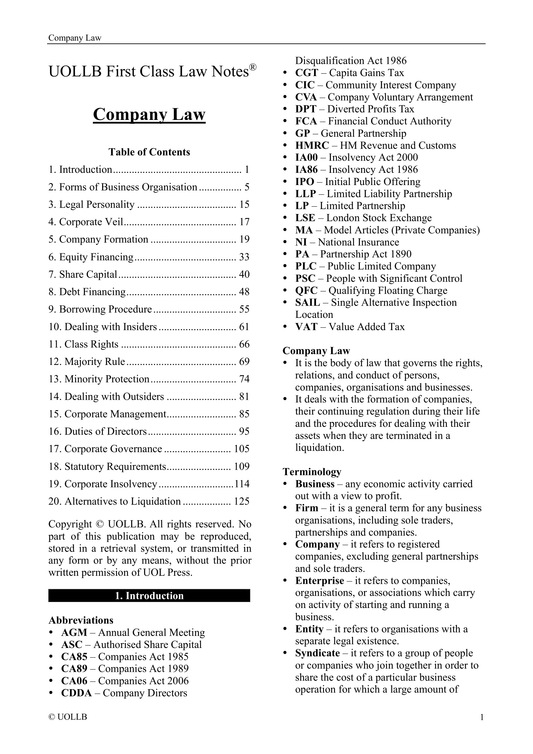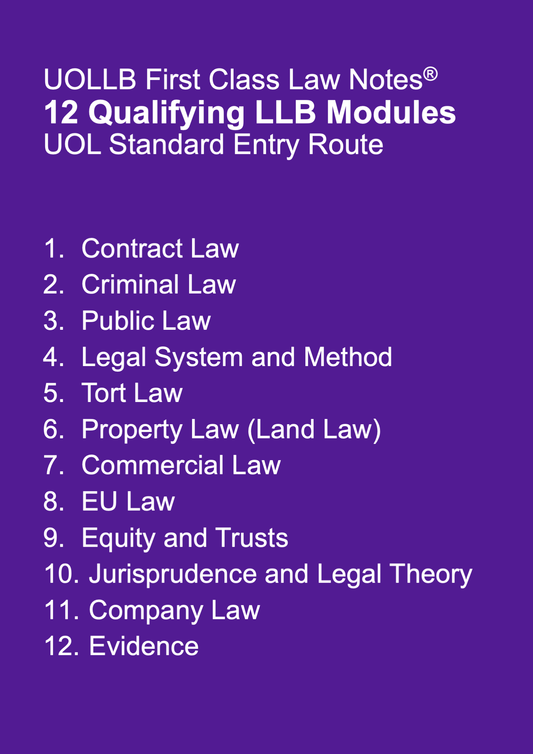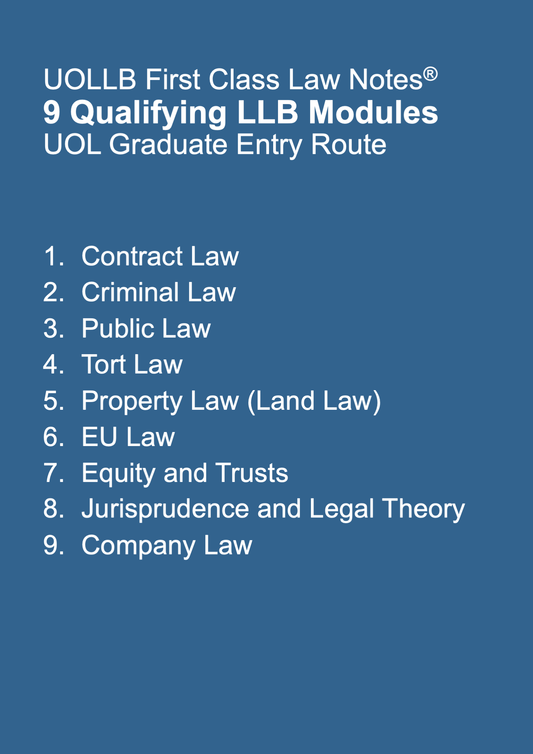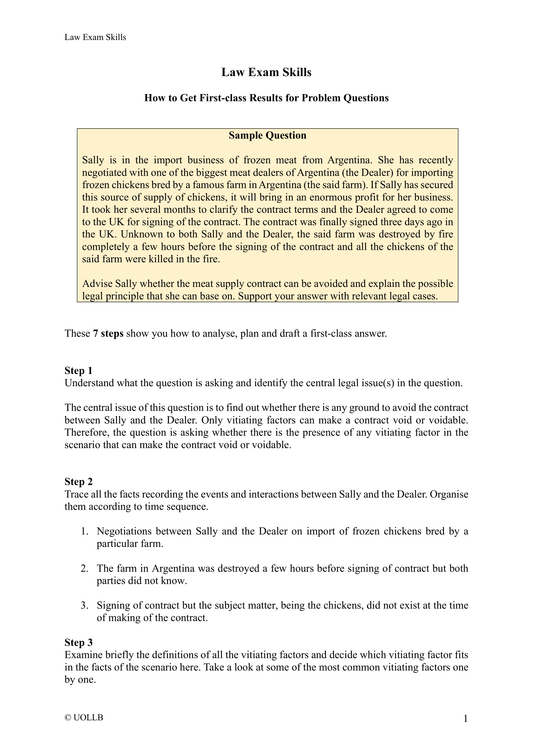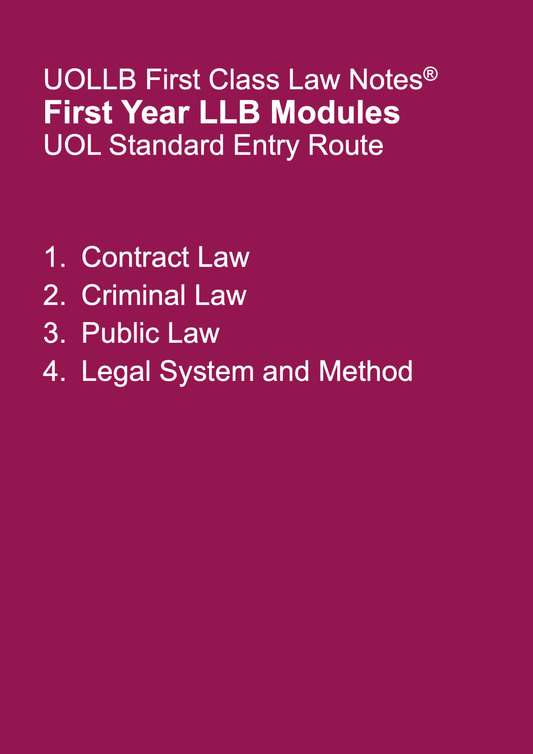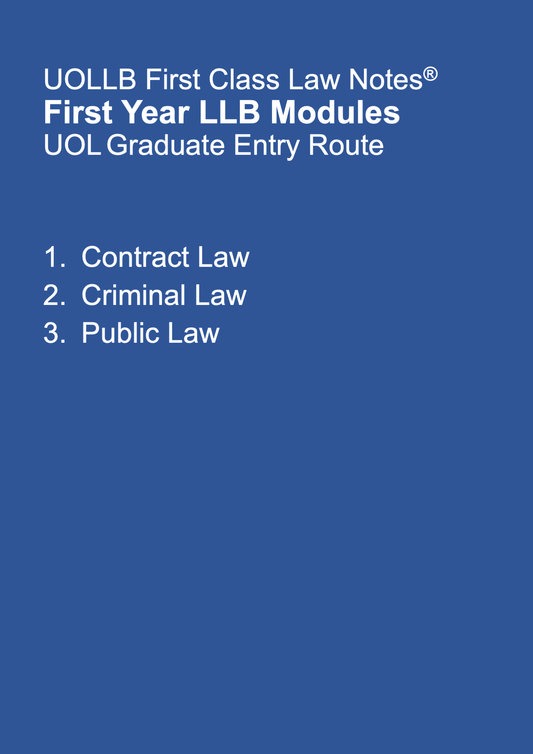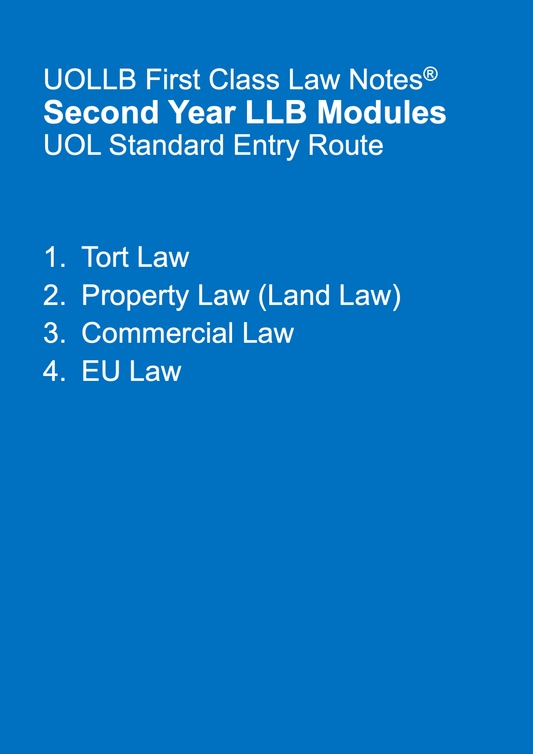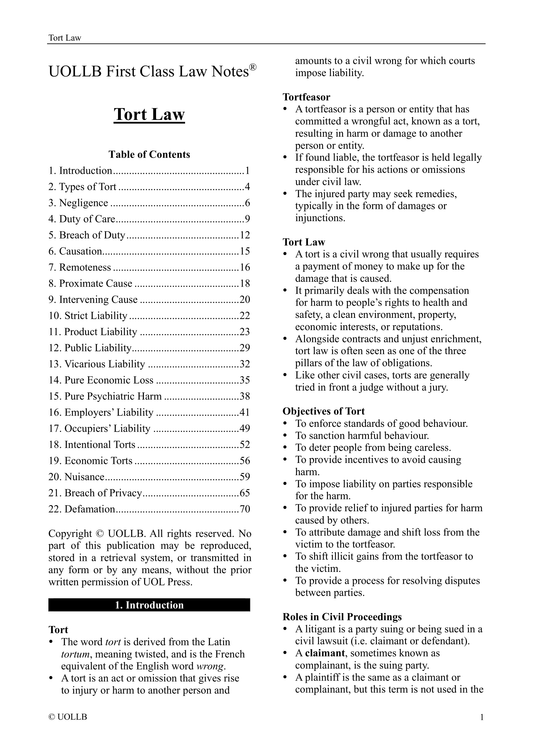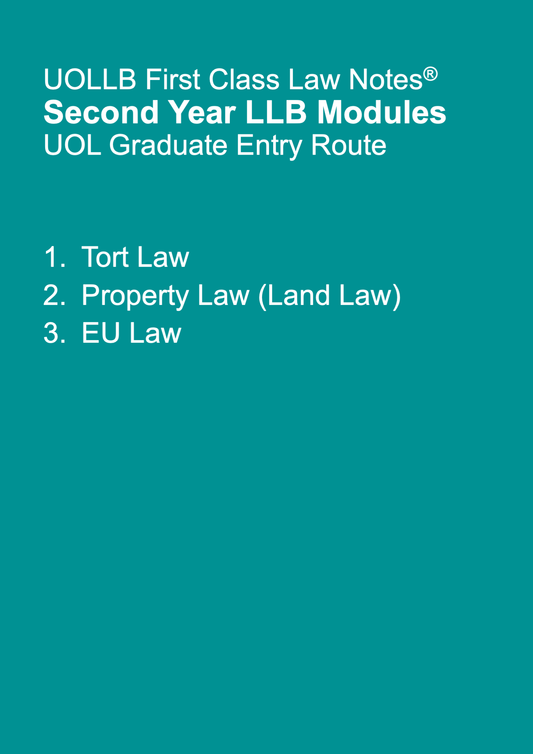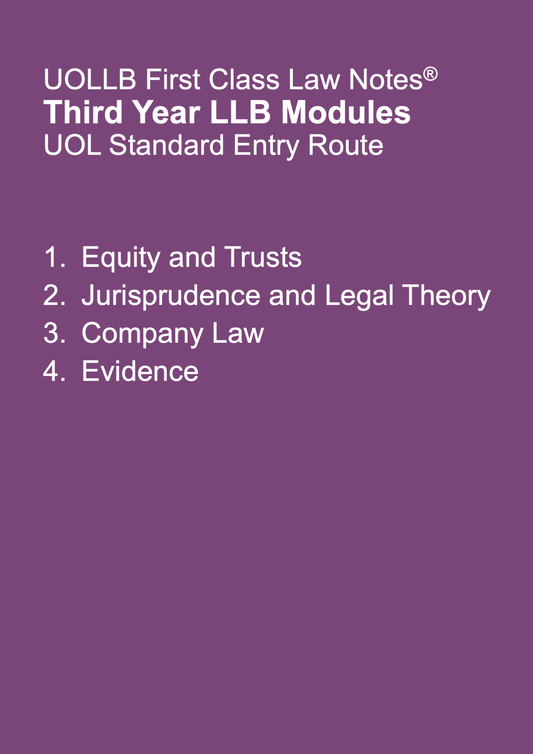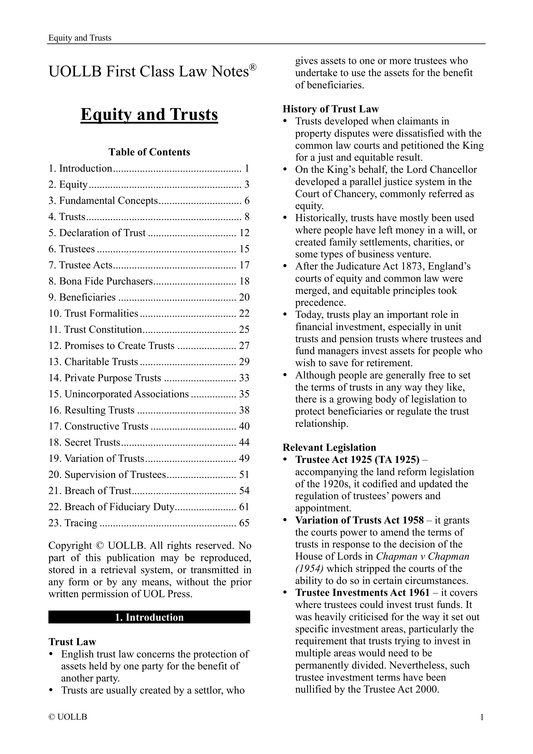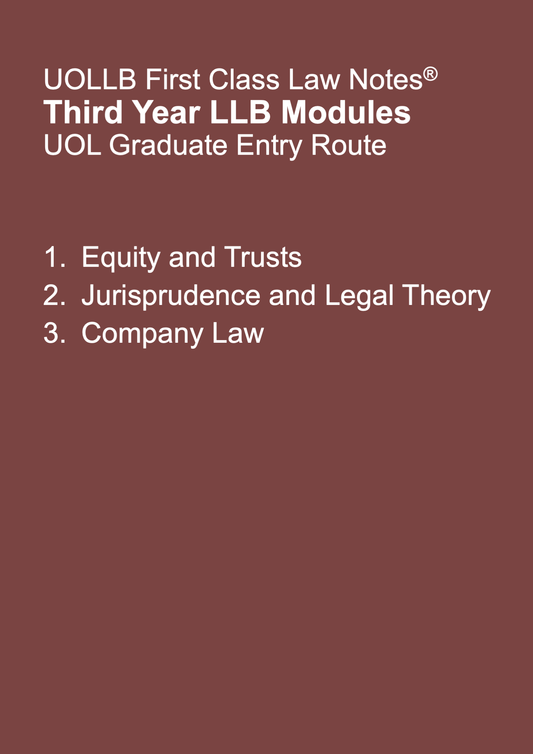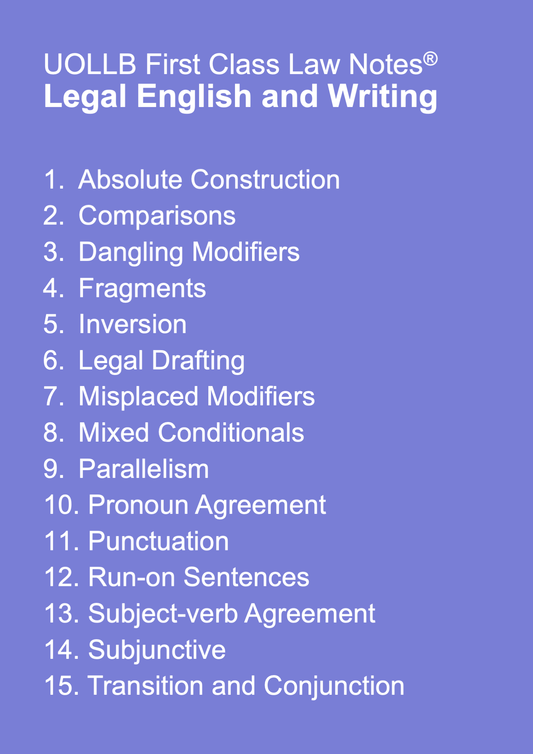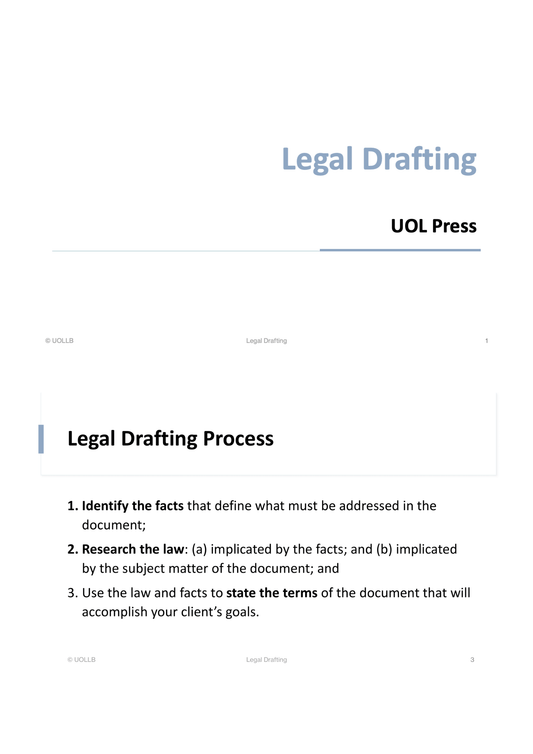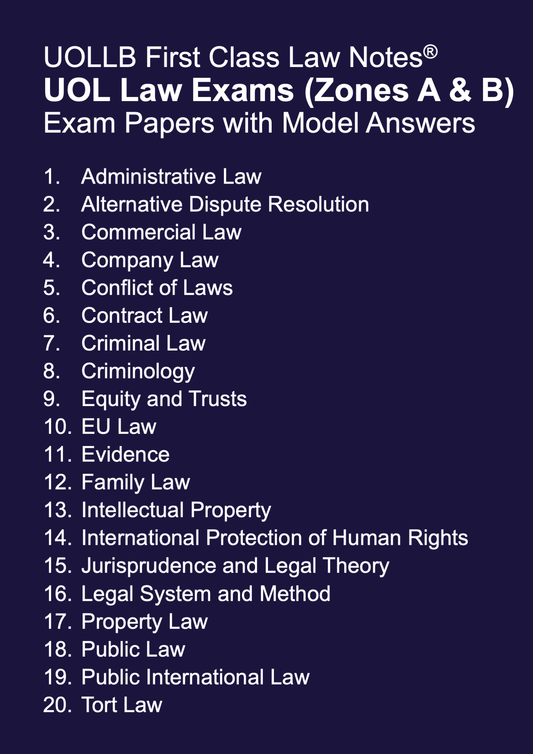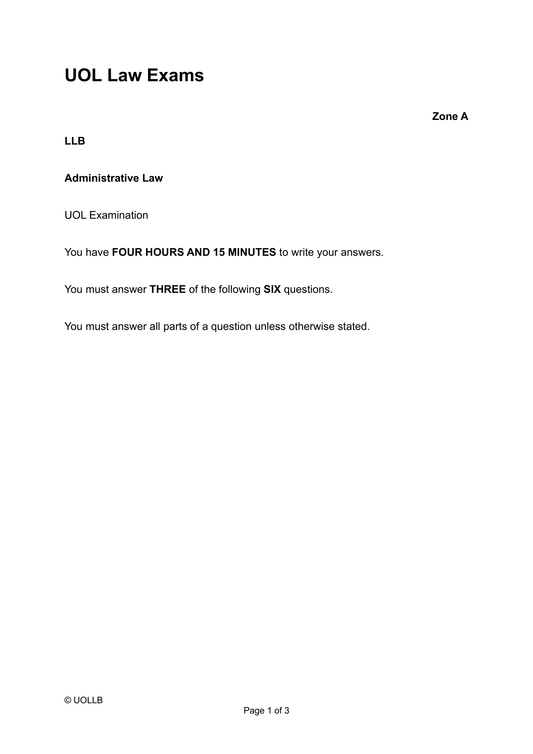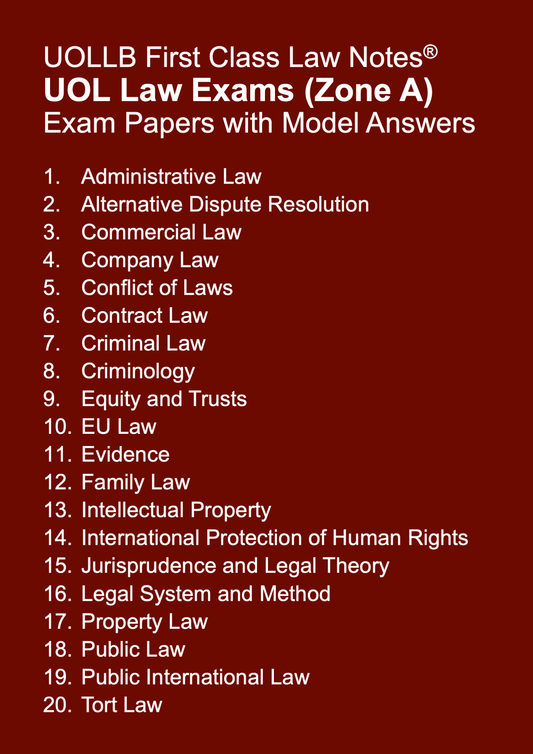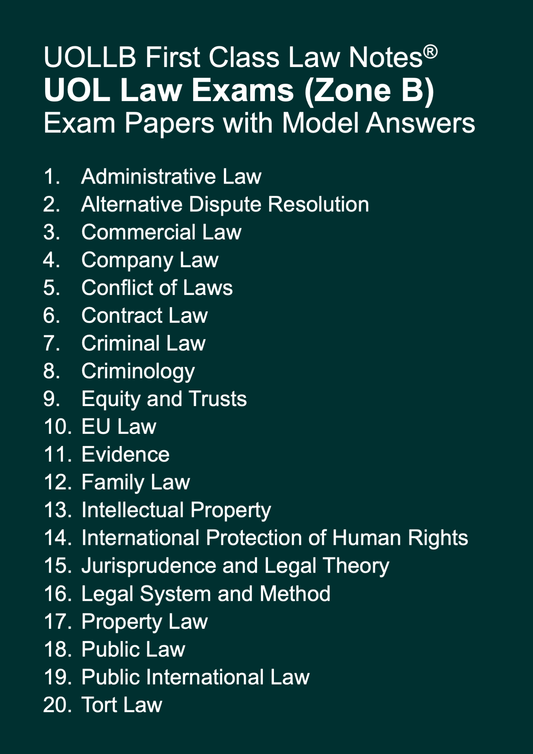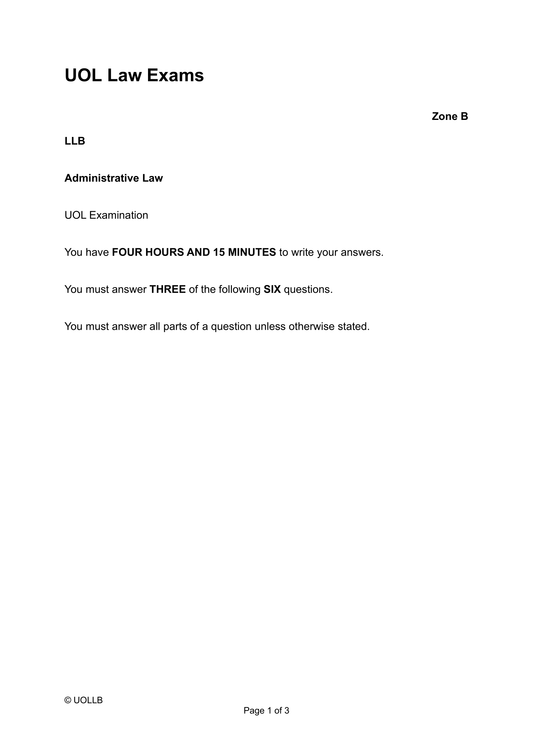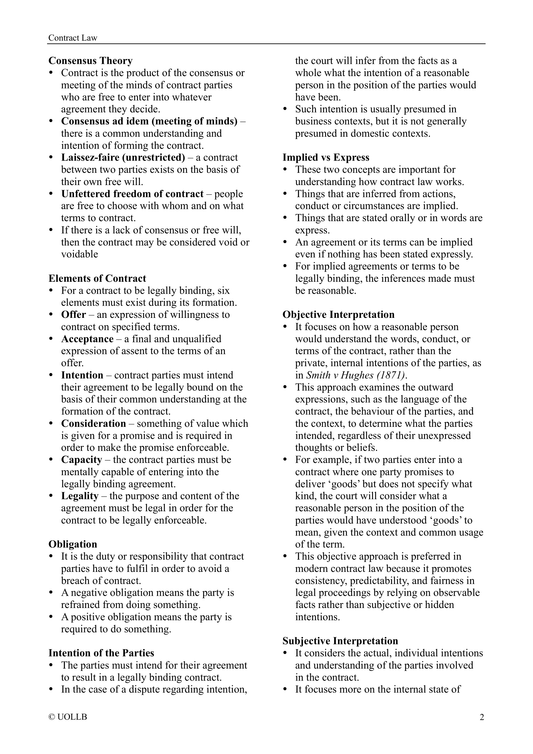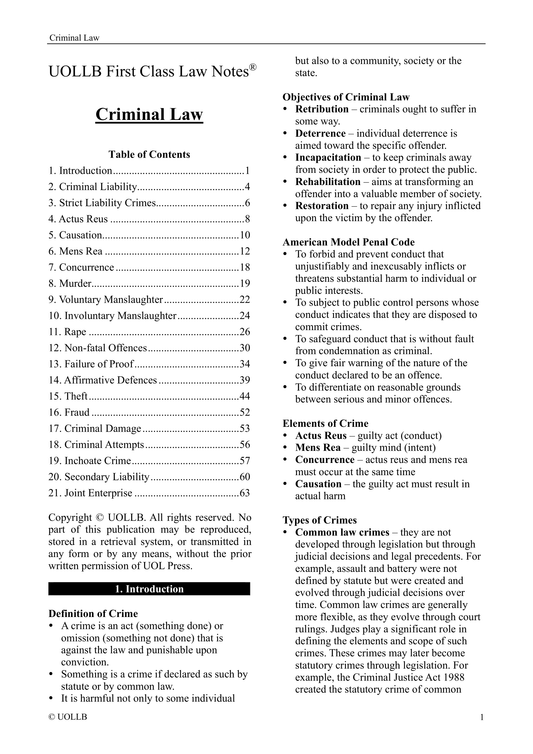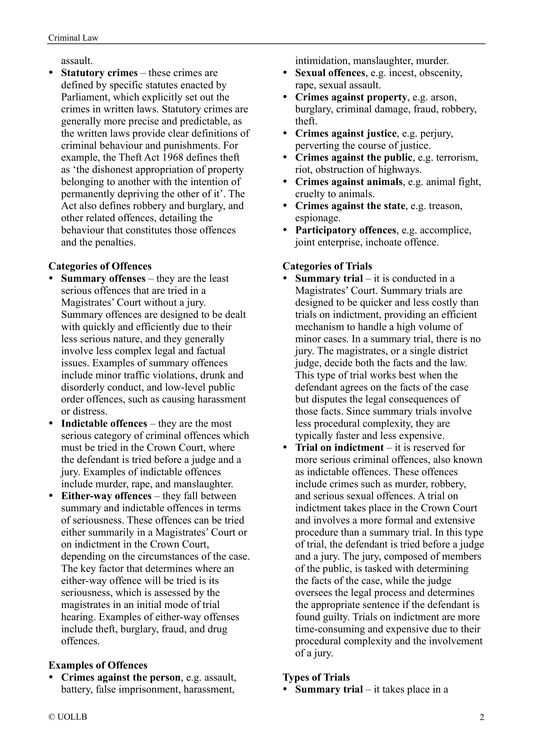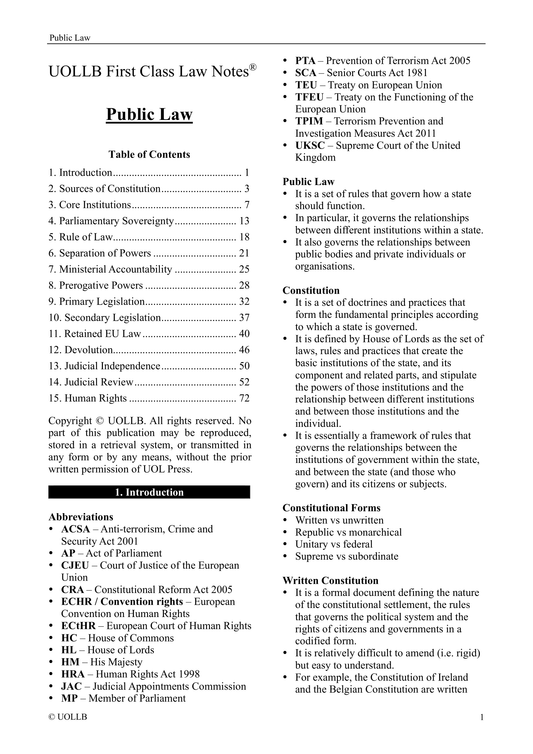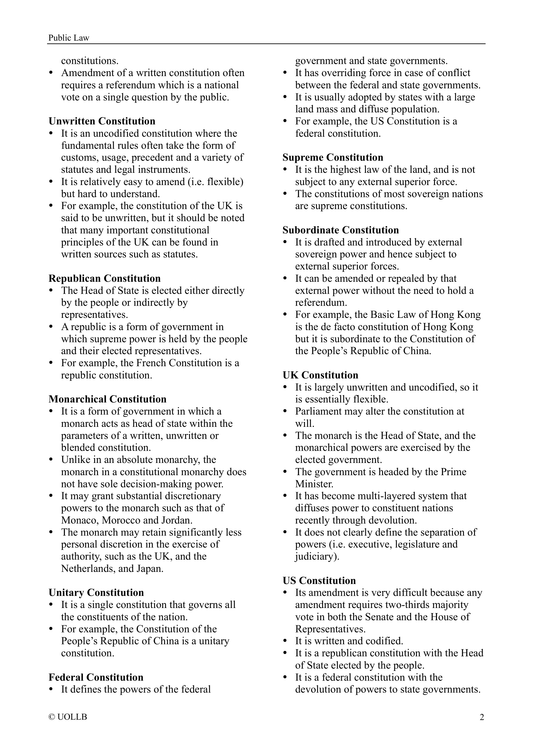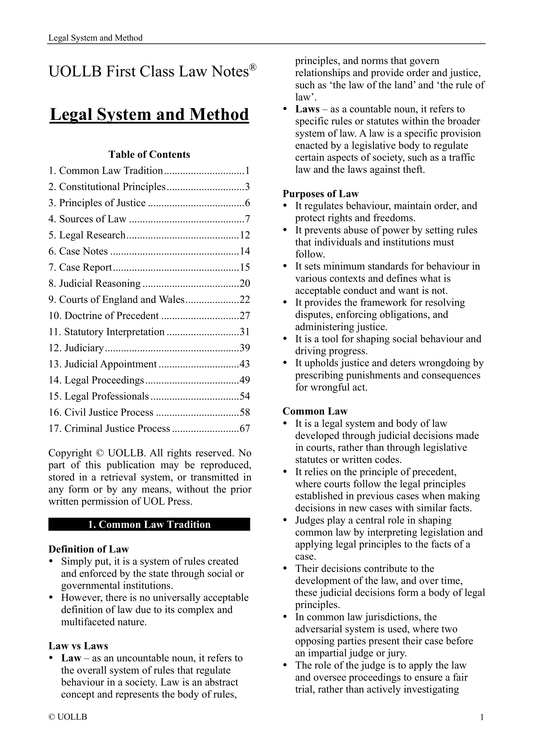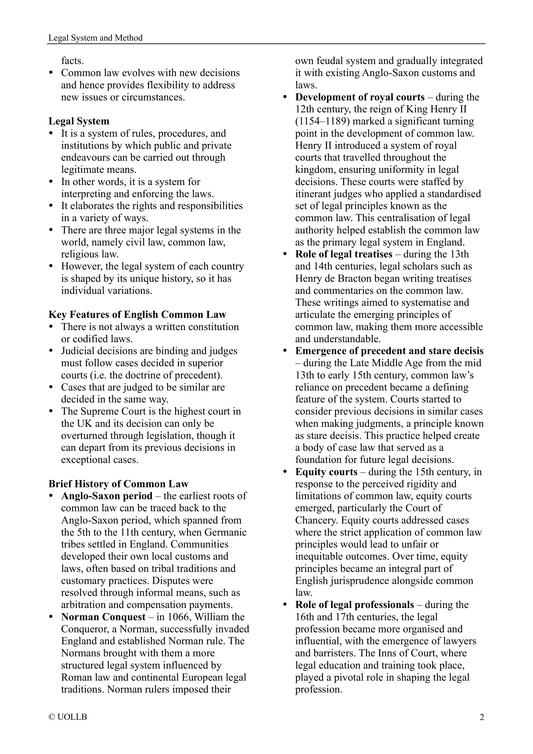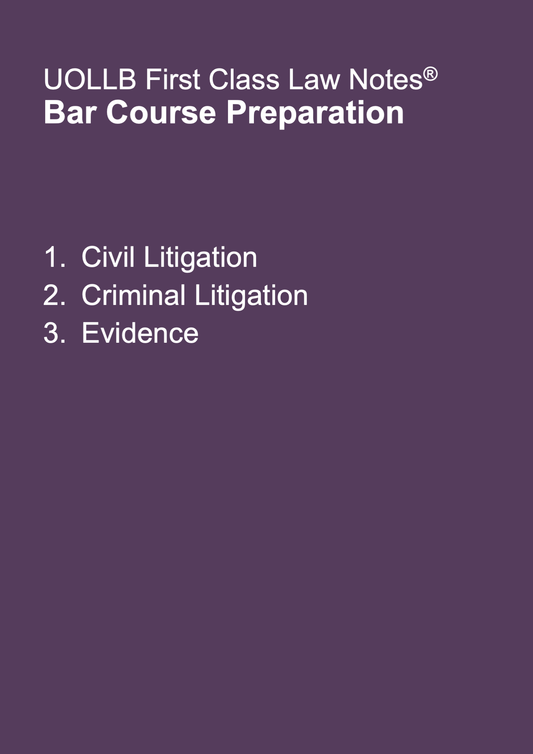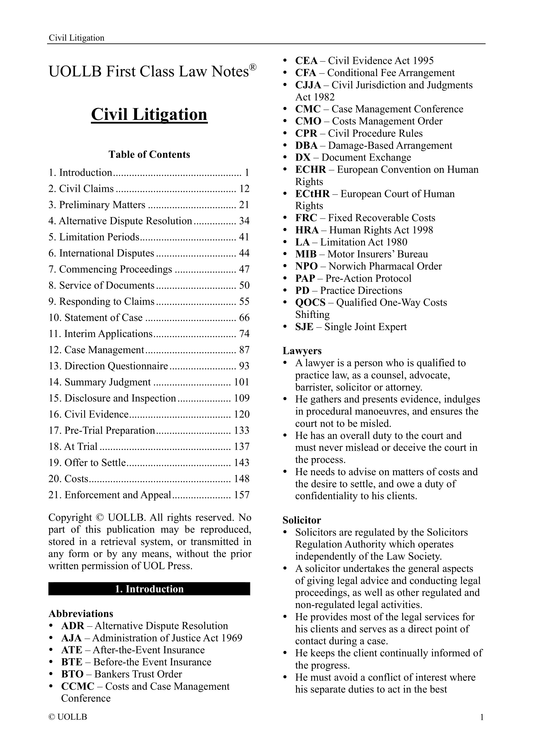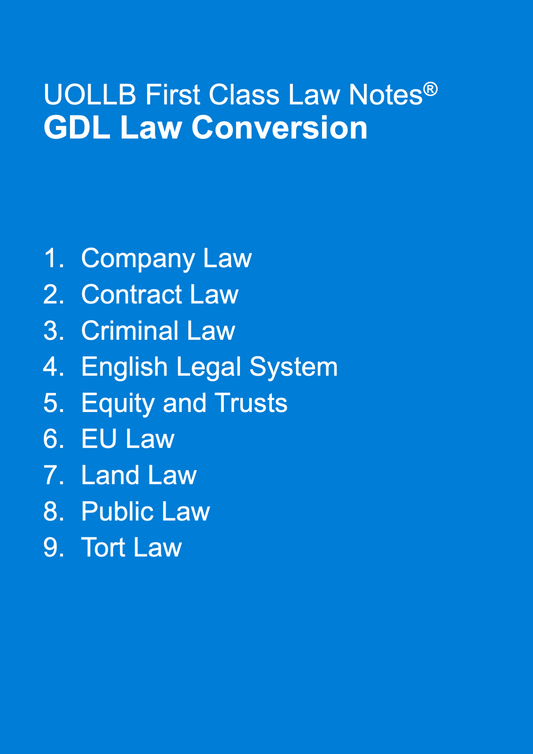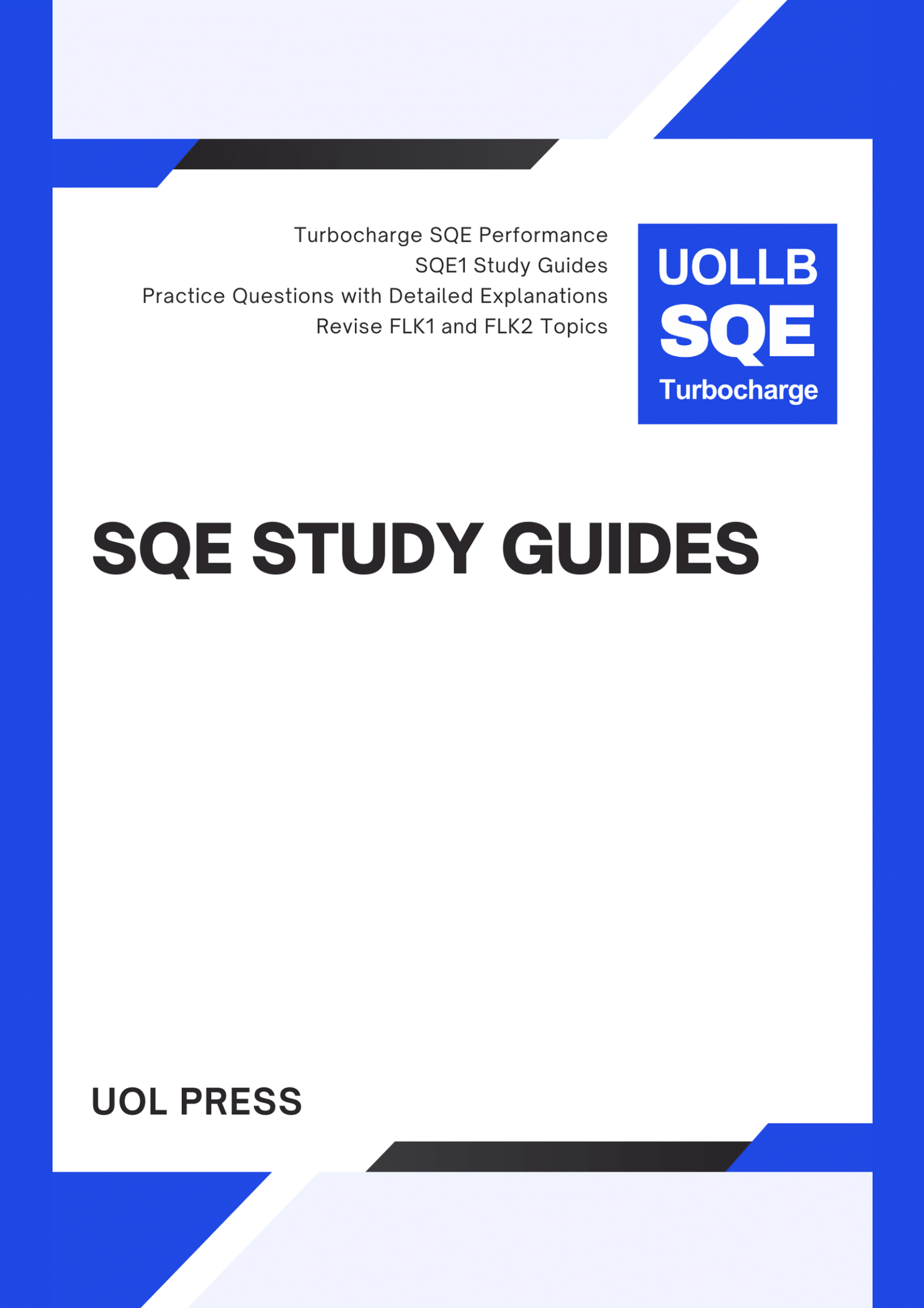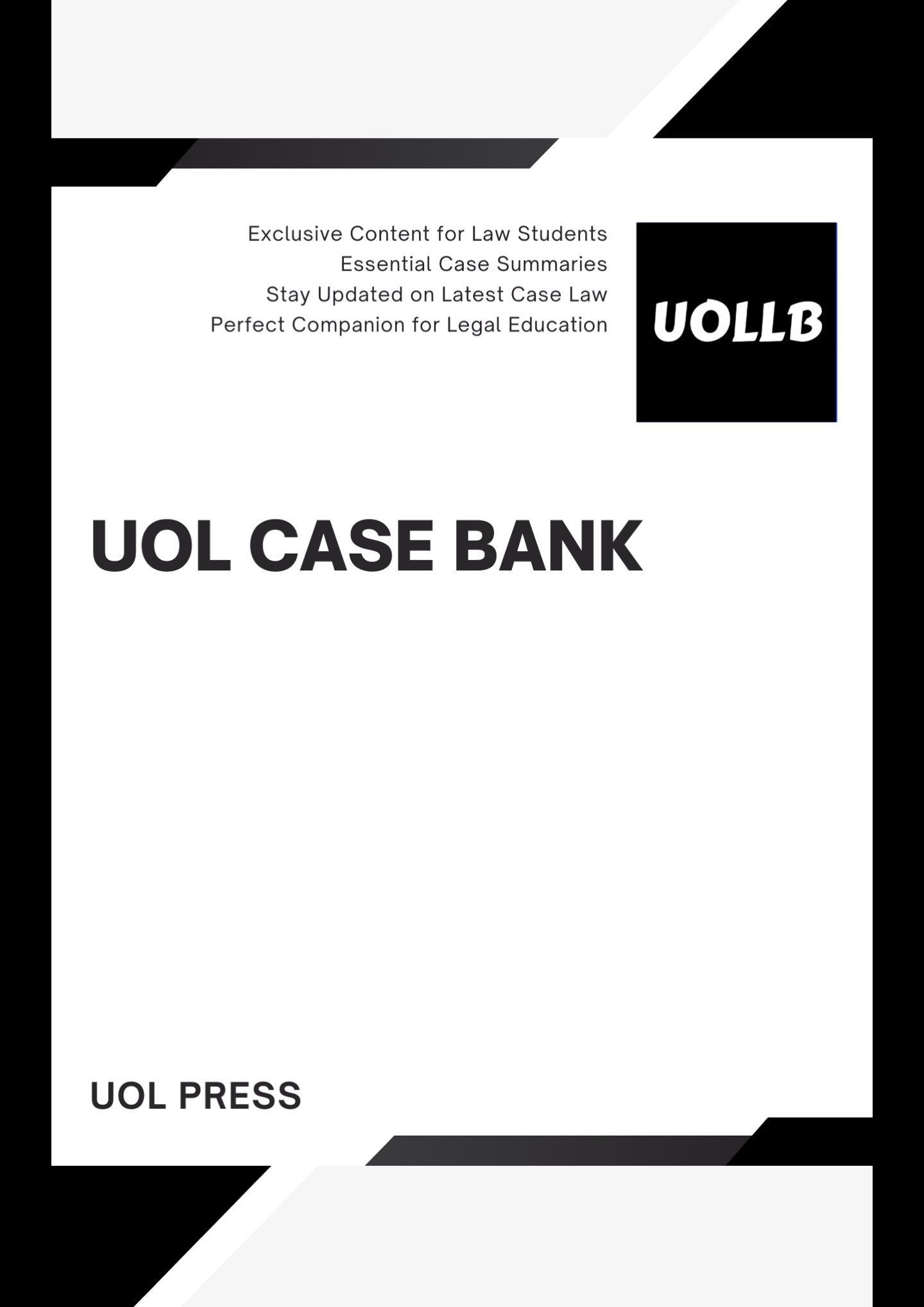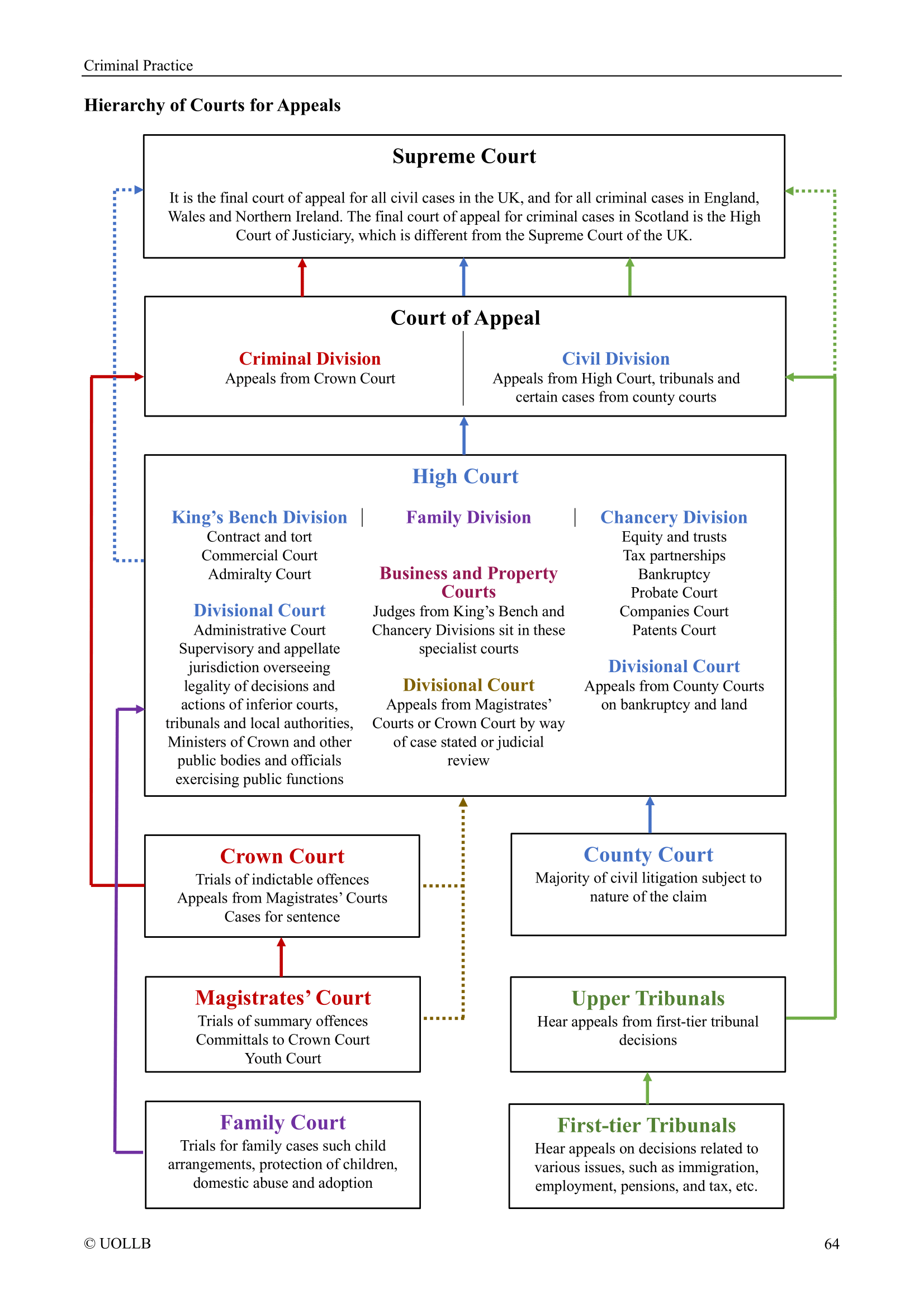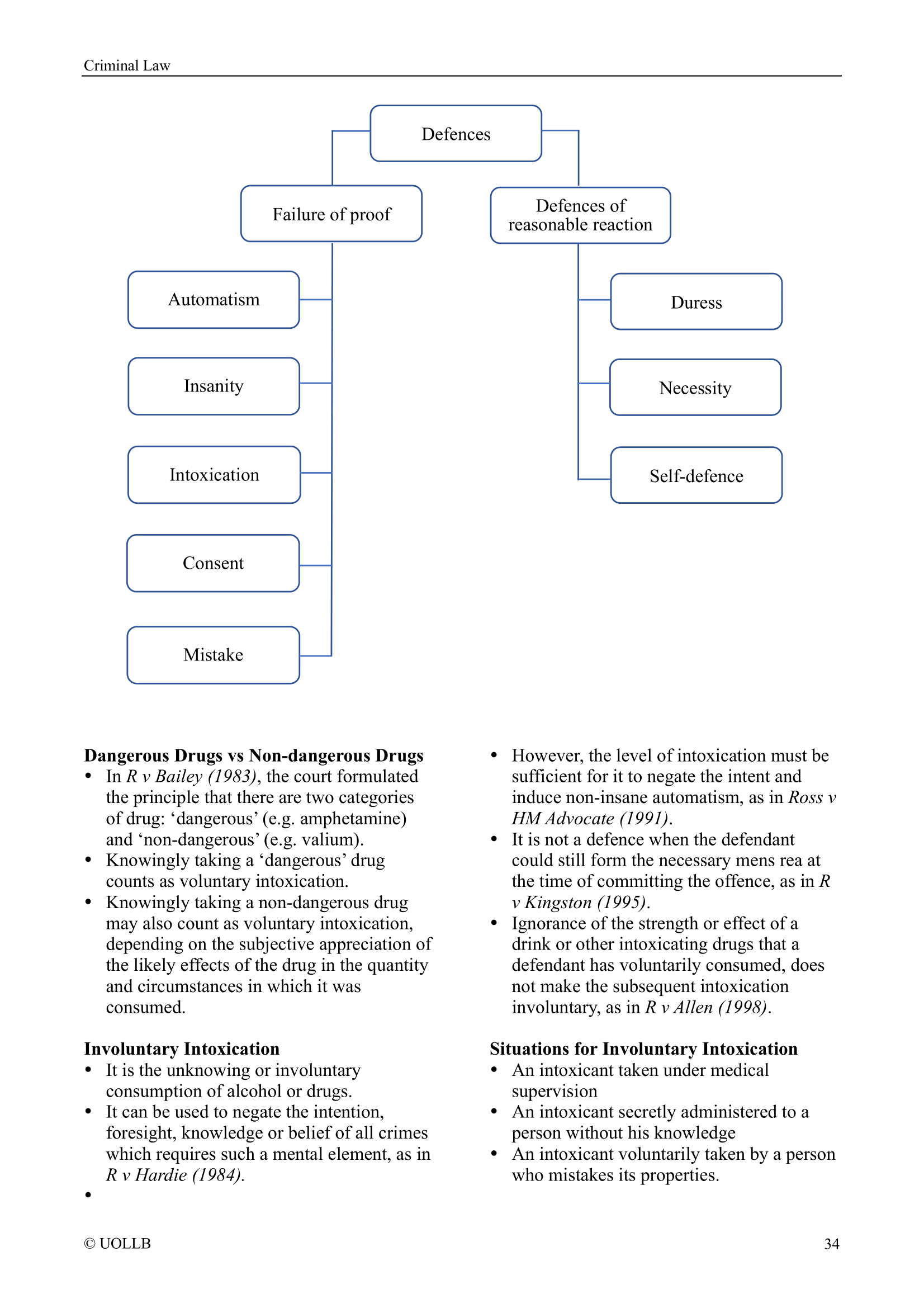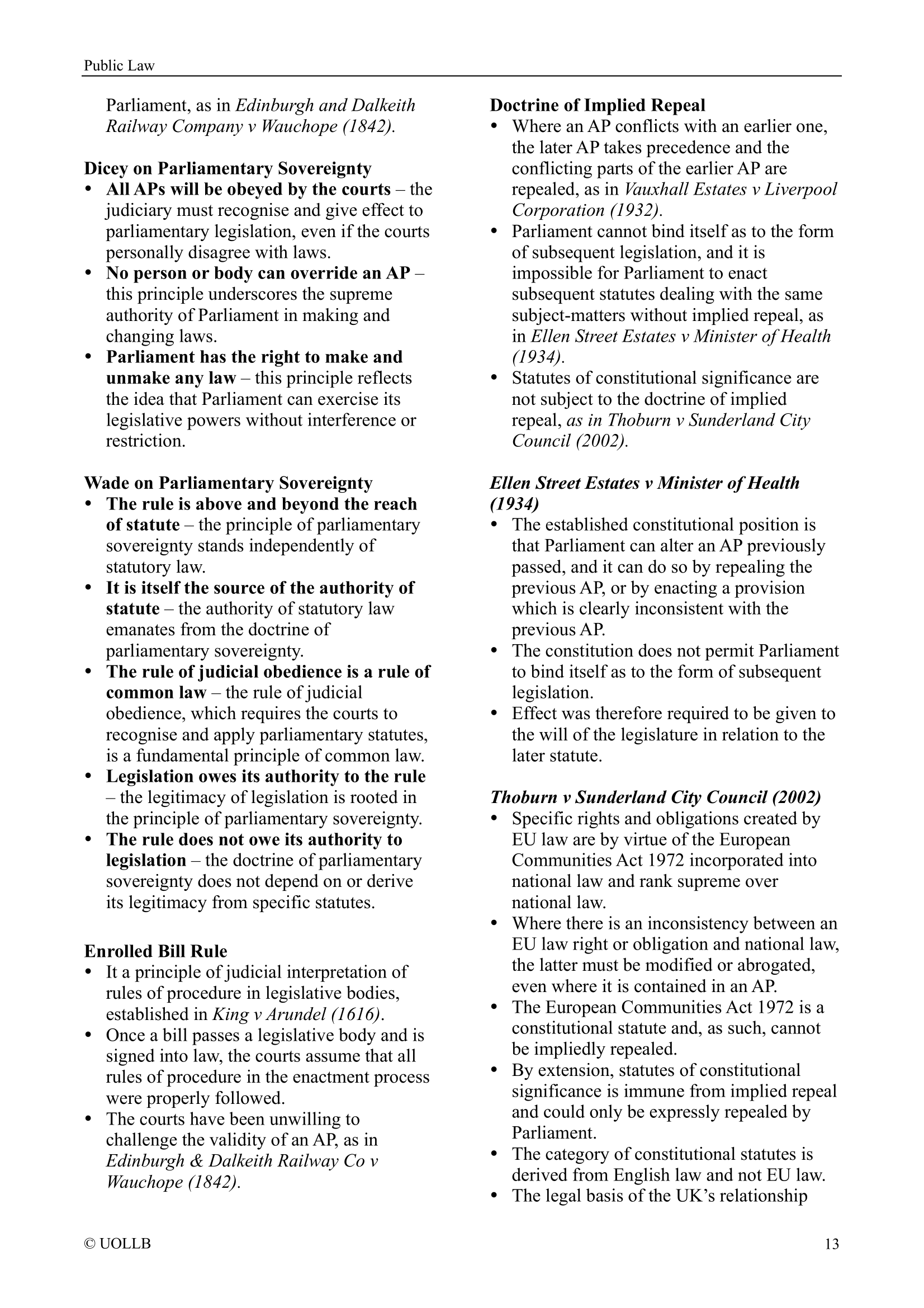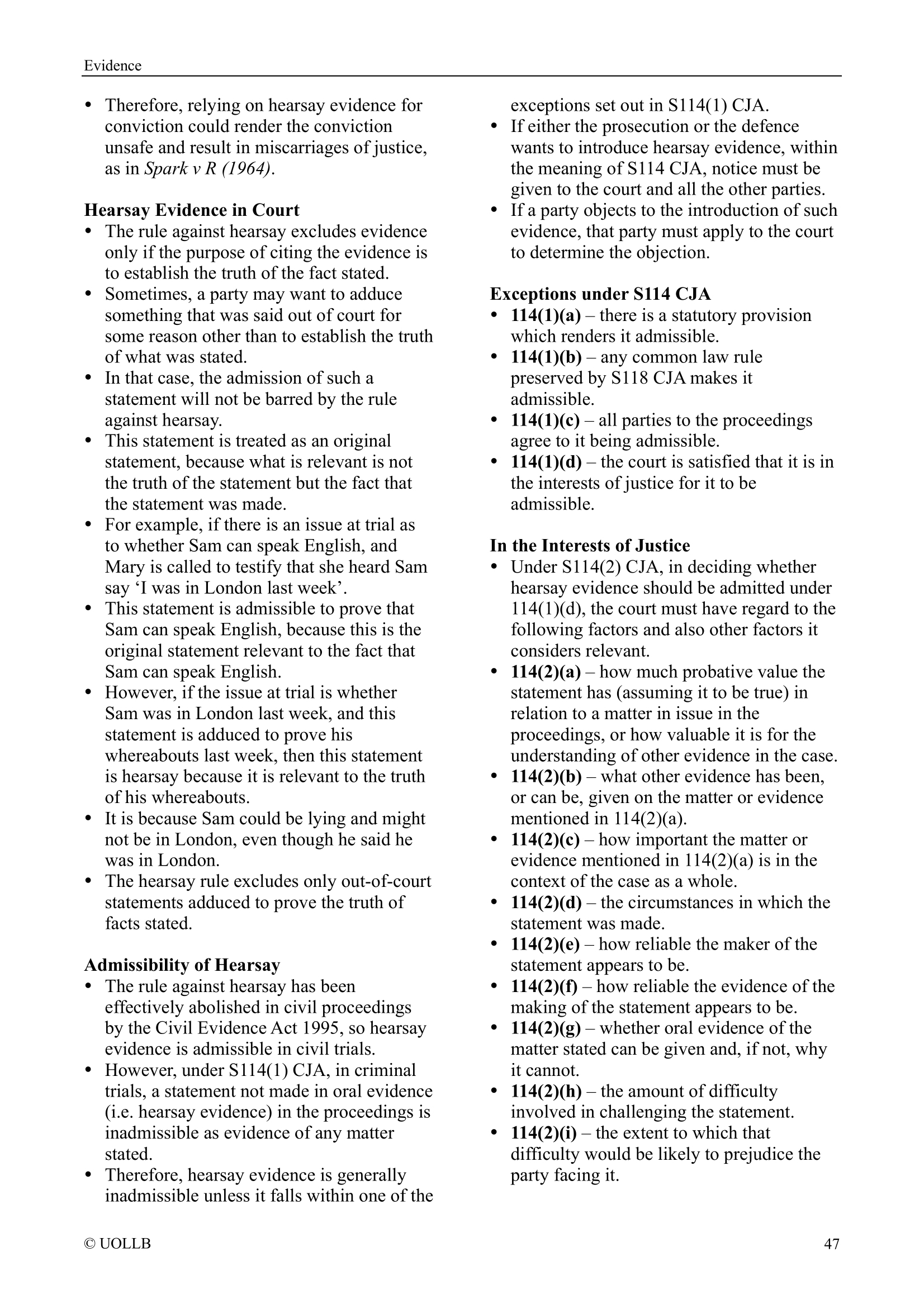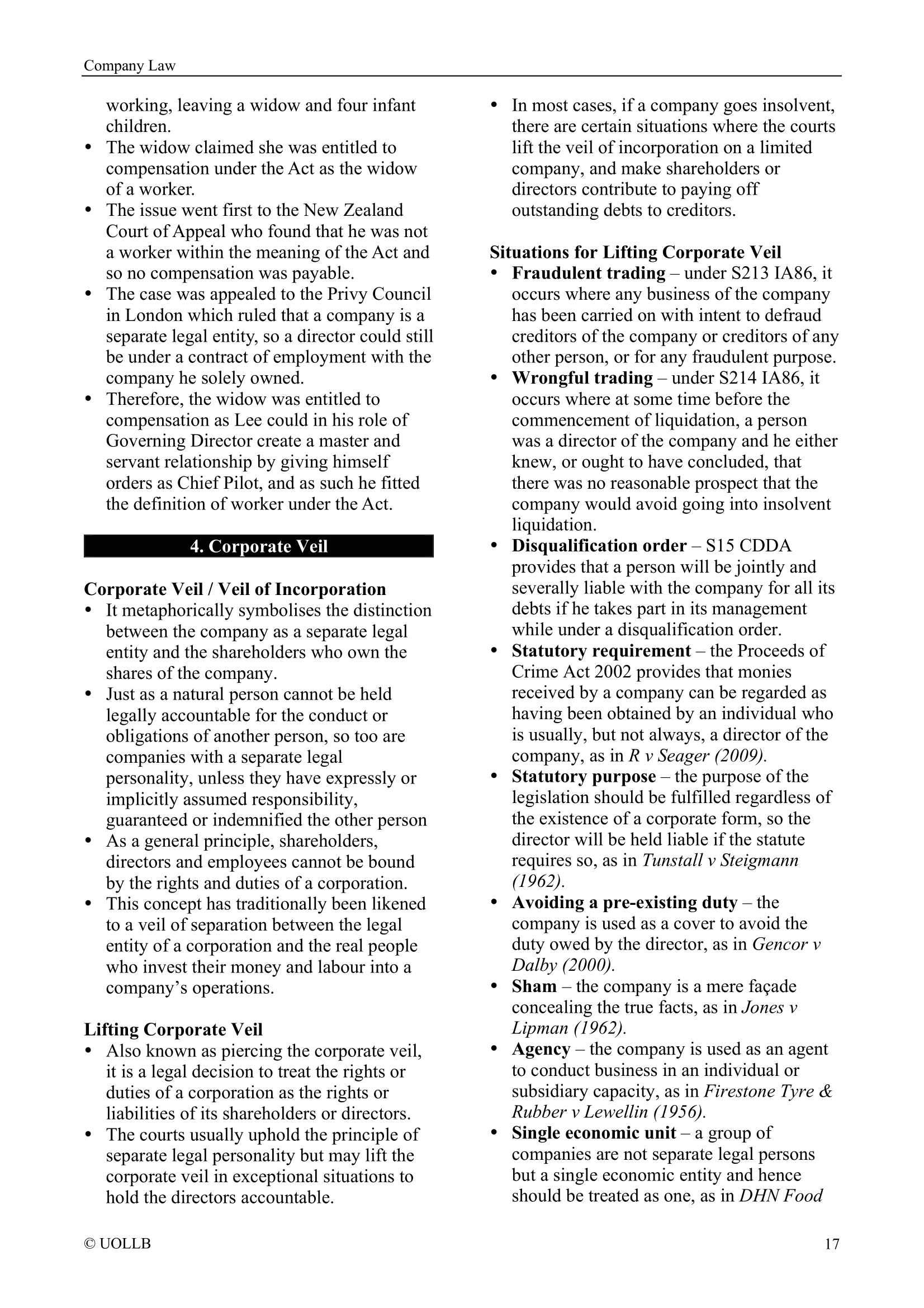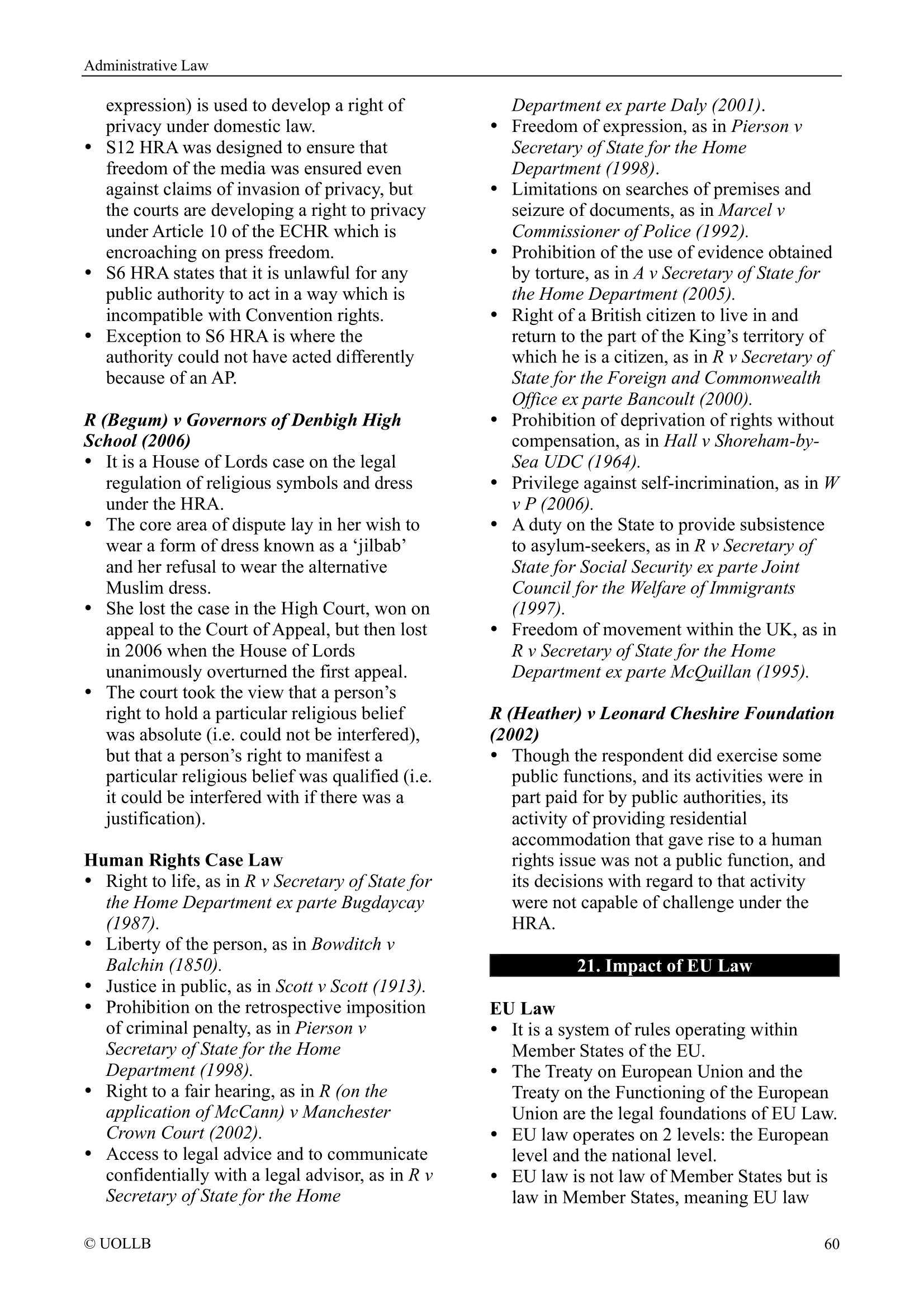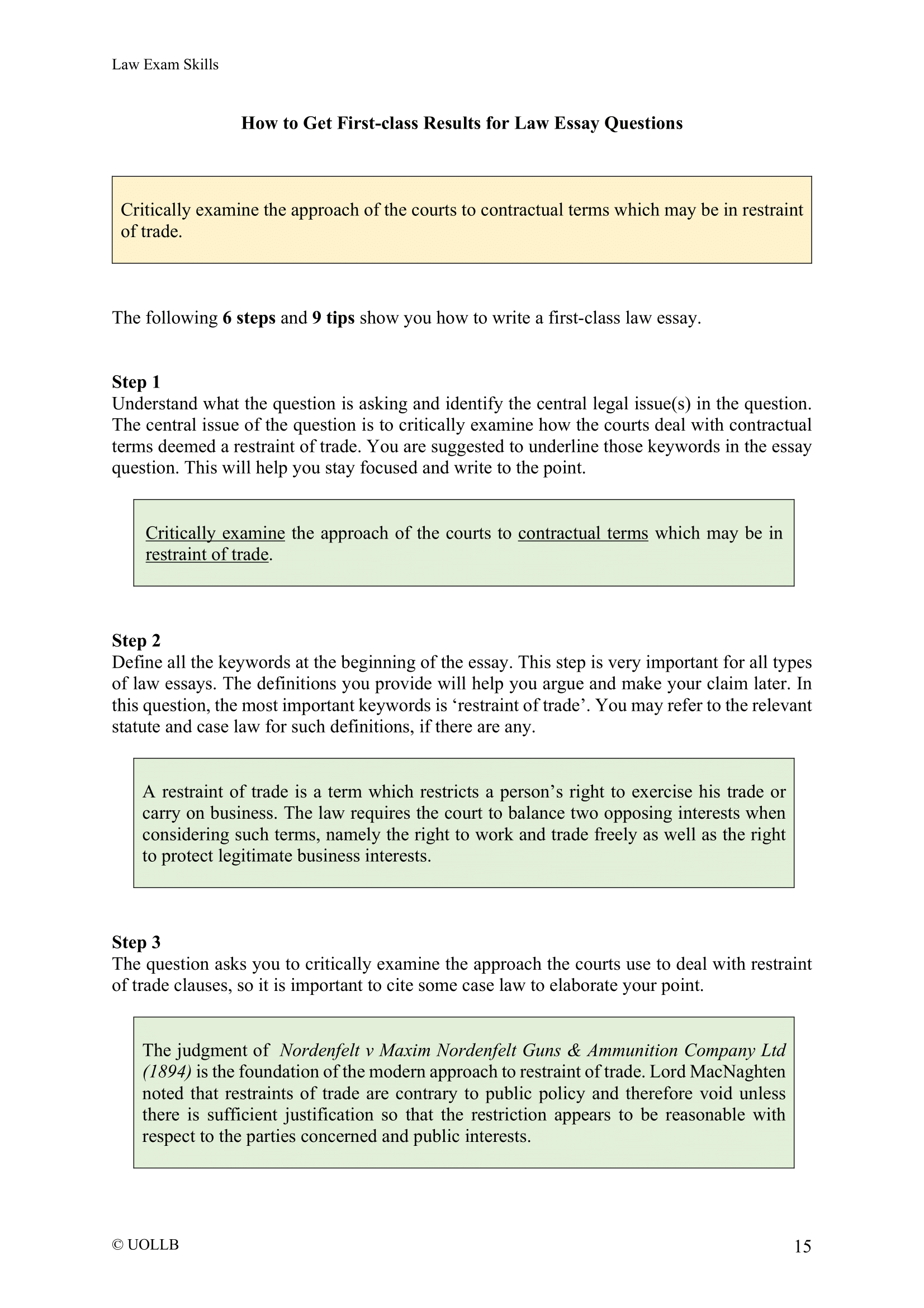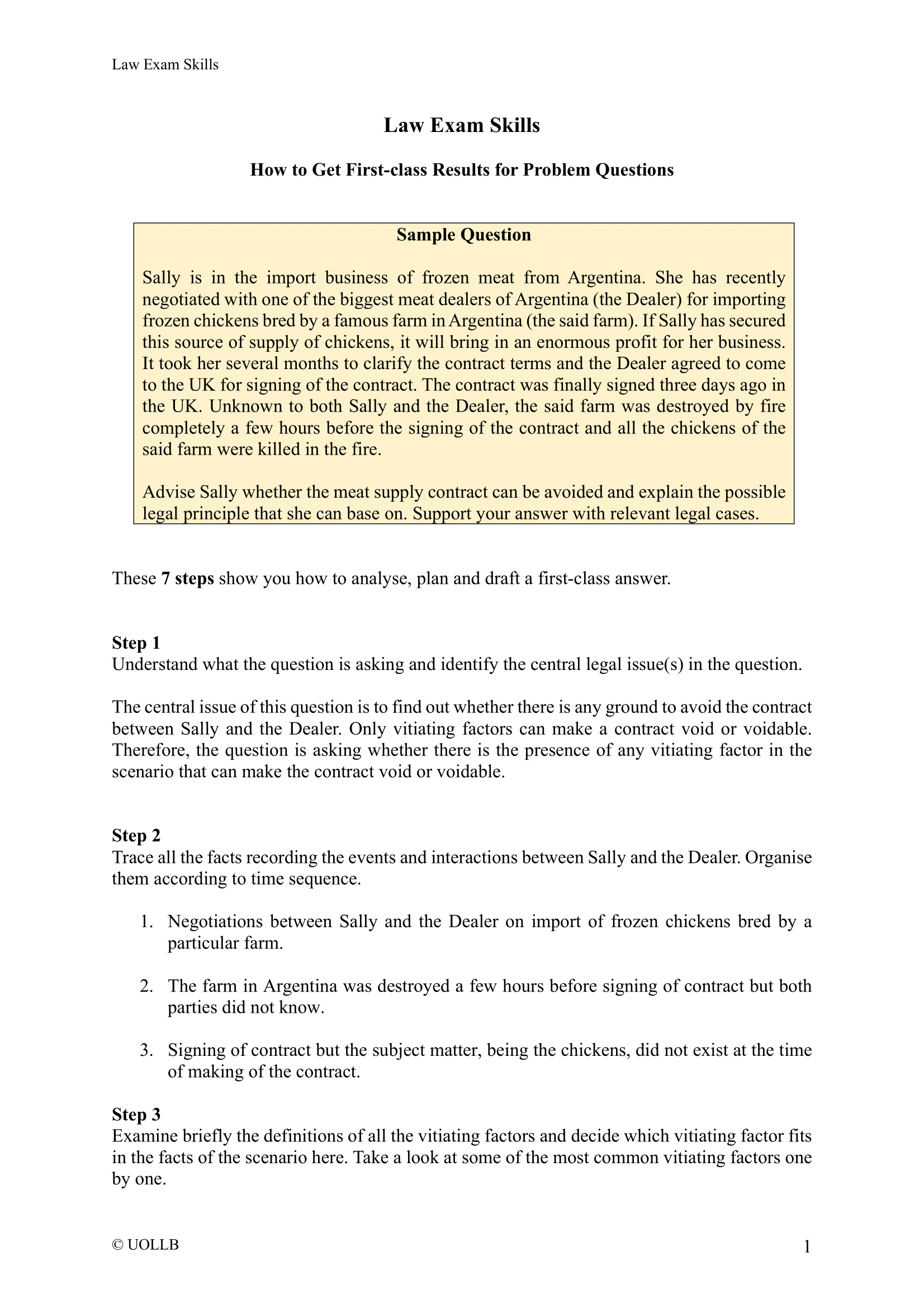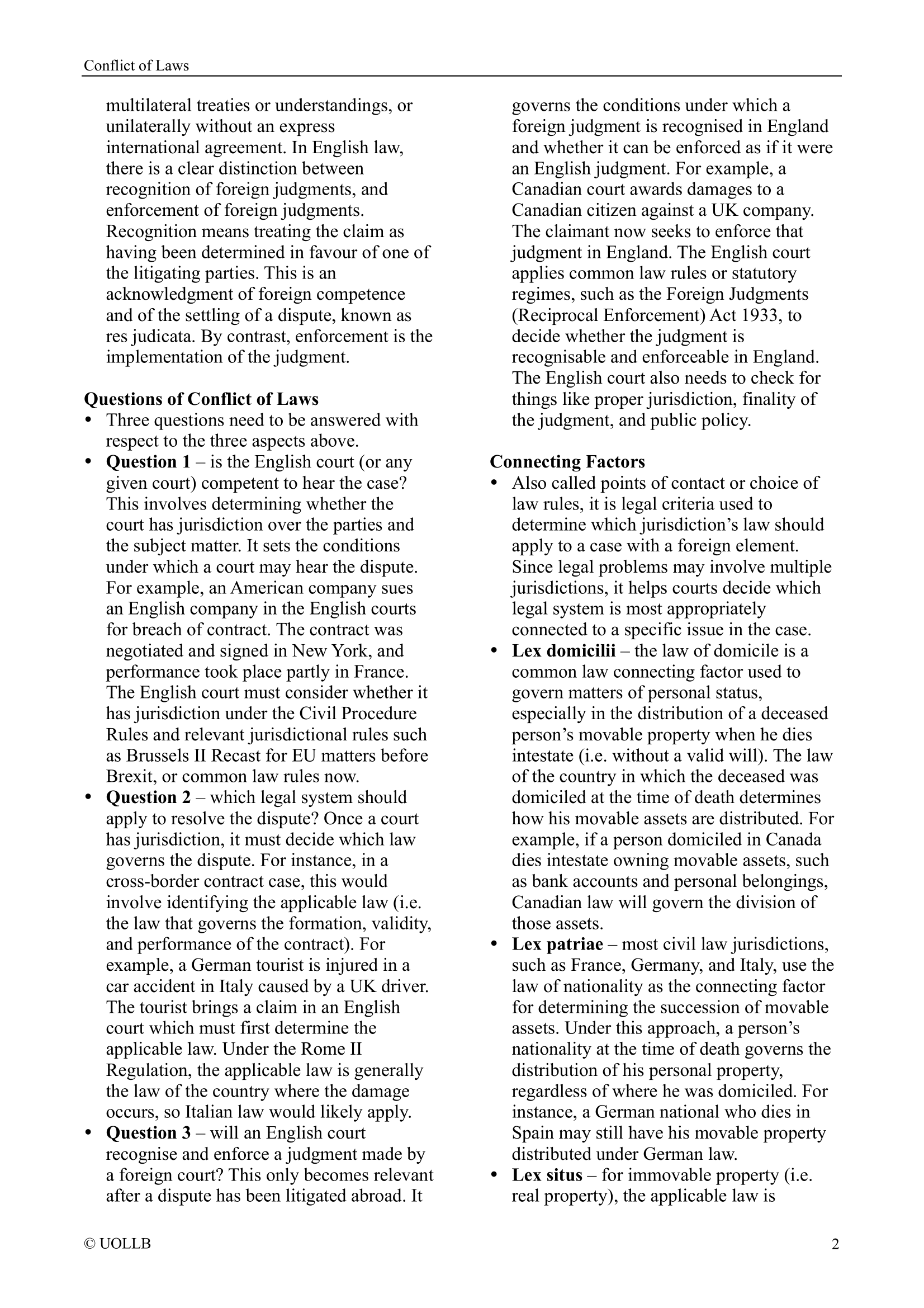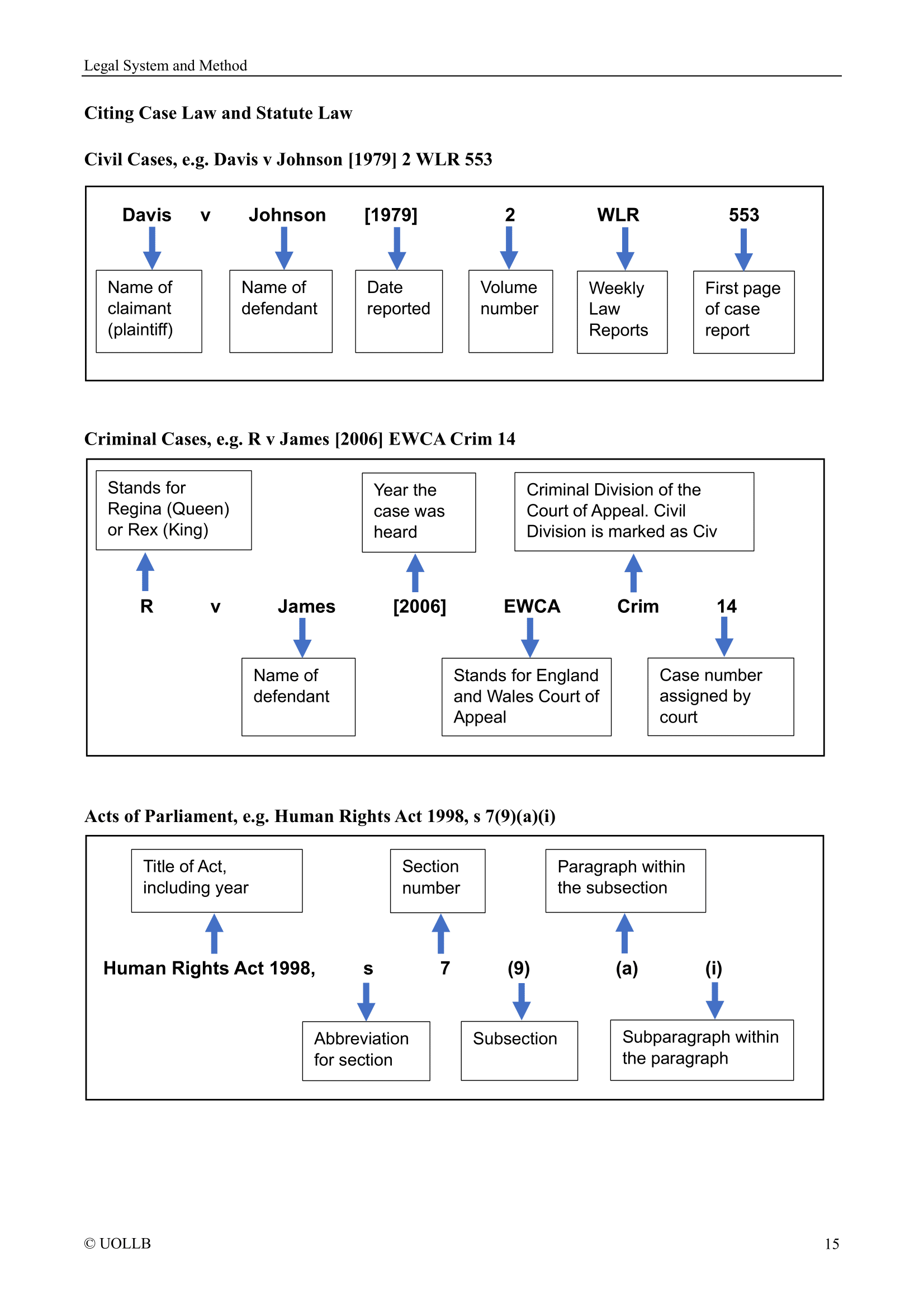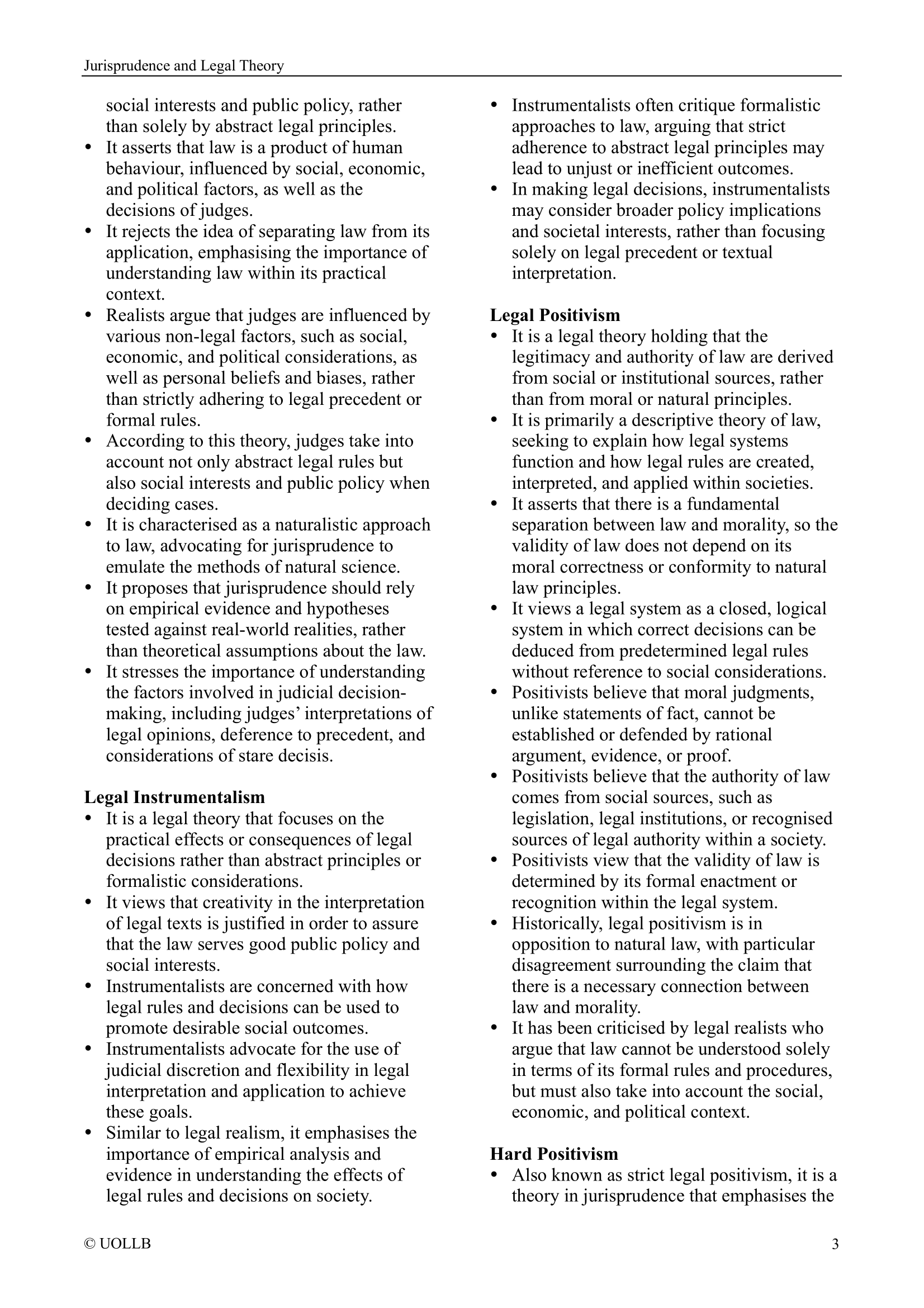Harris v Goddard [1983]
Share
Harris v Goddard [1983] 3 All ER 242 is an England land law case concerning co-owned land between spouses and the impact of a divorce petition on the joint tenancy of the property.
Mr and Mrs Harris were joint tenants of a property. Mrs Harris initiated divorce proceedings and included in her petition under the Matrimonial Causes Act 1973 a request for an order regarding the former matrimonial home, seeking transfer or settlement of the property. However, before the divorce hearing, Mr Harris passed away due to an accident. The crucial issue was whether a divorce petition effectively severs the joint tenancy and terminates the right of survivorship.
Lawton LJ, in delivering the judgment, held that the divorce petition did not effectively sever the joint tenancy because it expressed the intention to bring about severance at some future point. The wording in the petition did not manifest an immediate intention to sever the joint tenancy. The court emphasised that a desire to sever must clearly indicate an immediate intention to bring about the desired result.
Dillon LJ reiterated that severance in joint tenancy involves separating the share of a joint tenant, converting the ownership to tenancy in common where the right of survivorship no longer applies, and each party holds a separate share.
The case highlights the requirement for clear and immediate intention to sever a joint tenancy. It underscores that mere inclusion of divorce-related language in a petition does not automatically sever the joint tenancy in property. Moreover, the case sheds light on the unchanged principles of survivorship and joint tenancy, emphasising that explicit words of severance are necessary to terminate the survivorship right and convert joint tenancy into tenancy in common.
The case's significance extends to family law processes in divorces, where modern legal practices increasingly involve documenting the end of a relationship's financial aspects. The Family Law Act 1996 allows spouses or cohabitants with shared children to register their interests during separation or divorce, effectively severing the joint tenancy and providing clarity regarding property rights to third parties involved. This evolution in legal practice has aligned with a shift toward equitable division, especially concerning children, suggesting greater consideration for their well-being and financial support in divorce settlements.
